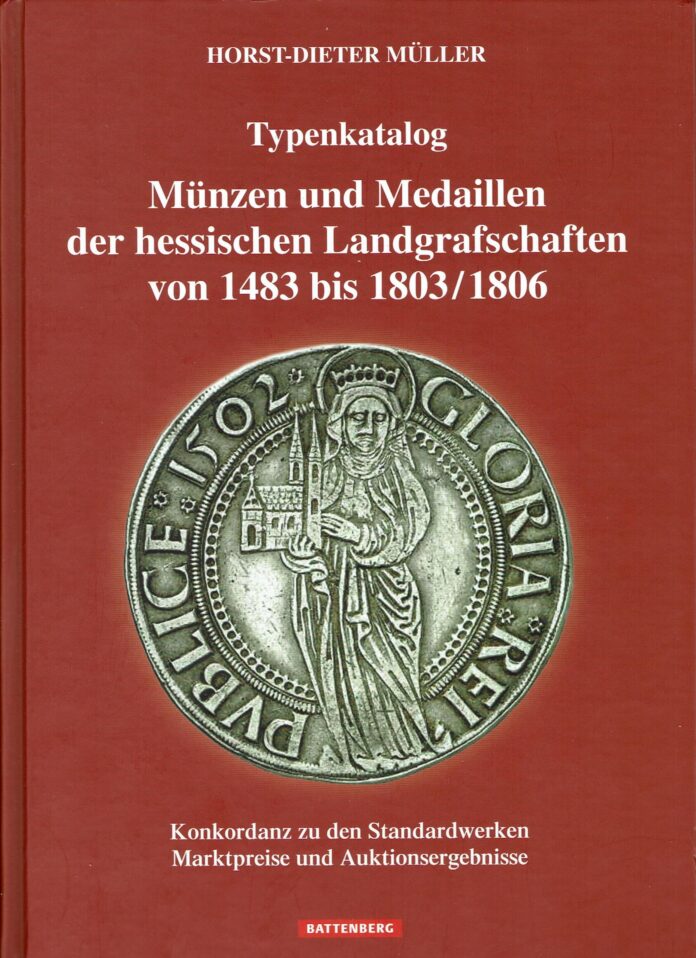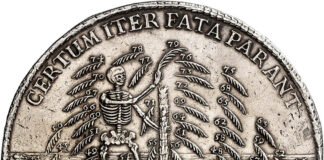
Looking through Horst-Dieter Müller’s new Hesse catalogue, you can tell immediately that he has truly poured his heart and soul into it. It’s one of those catalogues that has clearly taken an incredibly immense amount of time and effort, the likes of which are produced almost exclusively by amateur historians and numismatists such as Mr Müller. The catalogue offers everything you can expect, and some more besides.
It details the coin types of the Landgraviates of Hesse from 1483 to the end of the Holy Roman Empire, including the – sometimes short-lived – branch lines and dependencies. The author’s decision to include medals as well as coins is to be commended, as it enhances the overall picture.
The catalogue itself is clearly laid out, so that readers can easily navigate the work even if they’re not at all familiar with the Landgraviates of Hesse. The author also takes great care to provide users with a detailed explanation of the structure and type of the information in the catalogue, which is very helpful when it comes to the numbering system, as it is rather confusing at first.
The catalogue not only details the market prices for three different coin grades, but also a detailed list of auctions held in the last 20 years, along with the results for the coin in the question. It is concordant with the older standard reference catalogues on Hesse’s numismatics by Hoffmeister, Schütz and Prinz Alexander, as well as more general catalogues such as Friedberg and Davenport. The author’s commentaries provide background information about the individual coin types or clarify errors in the older works. Images are provided for almost every coin type, with just a few exceptions. The exceptionally high-quality illustrations, which are printed in colour throughout, greatly enhance the reading experience.
As well as the coins themselves, the author also leaves plenty of room for the monetary history and historical backgrounds of various rulers and lines. Other great features include family trees, a glossary of specialist terms, lists of rulers’ monograms, mintmarks and the lives of mint staff, as well as additional summary tables. And the maps and portraits of rulers make the author’s passion for the history of Hesse leap even more readily off the page.
The late Head of the House of Hesse, Moritz, Landgrave of Hesse, said it best in his preface for the catalogue, where he wrote that it’s ‘much more than just a reference work for quickly identifying coins’. This catalogue is simply great fun to work with.
It will doubtless become established as a standard reference work, not only for dealers but also for collectors and fans of the history and numismatics of Hesse. 98 euros seems a reasonable price for the volume, as well as the high level of both content and print quality; after all, this is a large book with nearly 600 densely printed pages and hundreds of colour illustrations.
You can order this book straight from Gietl-Verlag. (German language only)



